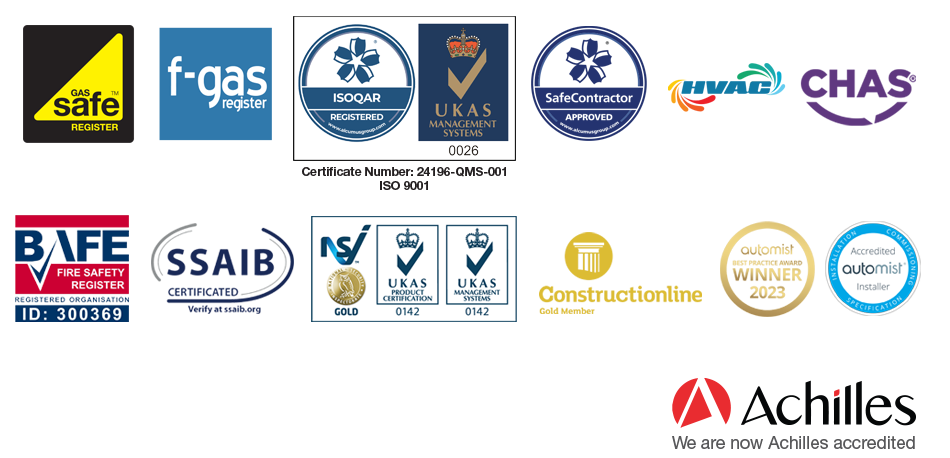In the past we’ve talked a lot about the environmental impact of buildings, particularly when it comes to heating them and supplying them with water. And we’ve also mentioned the benefits of heat pumps as an alternative to traditional gas boiler systems in terms of both energy and cost. But if you want to be really green (and almost eliminate your energy bill), then you can combine two powerhouses of green energy – heat pumps and solar panels.
How Do Solar Panels Work?
Solar panels are by no means a new invention. But they are something that’s flown under the radar for many years, largely because the technology was still too expensive to be commercially viable. However, with a lot of development in the last decade and funding schemes from local governments, solar panels are now an affordable solution for businesses and homeowners alike.
So, how do they work? Solar panels essentially absorb the energy from the sun and convert it into energy. That’s the simple version. The more complex version is that on a subatomic level the panels allow photons (or particles of light) to knock electrons free from their atoms, generating a flow of electricity. This is because each solar panel is made up of lots of small panels, also known as photovoltaic cells. Each of these cells takes in sunshine and UV energy, and turns it into electricity.
Solar panels are made by attaching a lot of these individual photovoltaic cells together and sandwiching them between two layers of semi-conducting material, usually silicon. This protects the cells and the people around them, and allows the cells to work together in generating a substantial electrical current.
These panels are attached to the roof of your building, where they get the most exposure to sunlight. A qualified installer can then wire them directly into your electrics or attach batteries, so that the energy they generate can be used to power the building or be stored in battery cells for a later date. It’s a little more of an upfront expense, but it’s the ultimately renewable, green energy source.
So How Do Solar Panels Power Heat Pumps?
So in this blog we’ve talked a bit about heat pumps work when compared to a traditional gas boiler. You can read in more detail there, but in essence they work by absorbing thermal energy from a low-grade source, transferring it to a heating element with a higher temperature and dispersing it through the system. The source for the thermal energy can be air, ground or water, depending on your premises and limitations.
Heat pumps are generally much more energy efficient (around 400%) and much more environmentally friendly, since they produce far less CO2 and require less energy to run. So, switching to a heat pump is already a great step toward reducing your carbon footprint. But if you want to really make cost and environmental savings, you can take it one step further and connect solar panels to your heat pump. This means that any electricity the heat pump requires to operate will be powered by the greenest, most renewable form of energy – sunlight. Which is better for the environment and better for you.
On average, a heat pump (of any variety) will use around 25% of its rated heat output in electricity. So for a 20kW heat pump, up to 5 kW of electricity is needed. If you can provide that electricity through solar power, rather than buying from the grid, you can save yourself a huge amount of money. And if you invest in battery storage for your solar panels as well, you can retain any extra energy you generate for use during production dips (aka winter in the UK!).
At Bonus Eventus Maintenance, we’re really passionate about the environment. We’re always looking for ways to reduce the environmental impact of heating, ventilation and air conditioning, and passing that knowledge on to our clients. By advising our clients to combine solar panels and heat pump solutions, we hope to help you save money, and do your bit to save the planet. If you’d like to find out more, just get in touch with the team today to book your free consultation.
